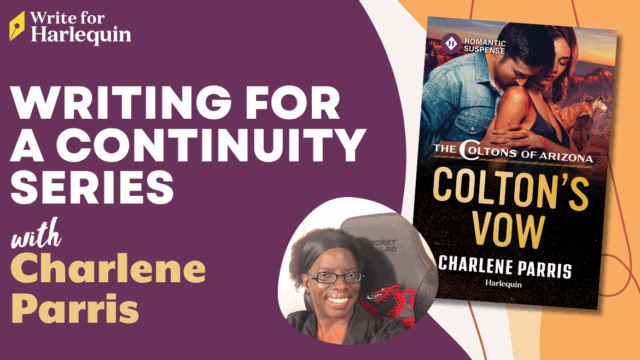Dear Editor,
How can I write a flawed character while keeping the readers’ sympathy?
Thanks,
Sandra
Dear Sandra,
Ensuring your readers sympathise with your characters is an essential tool in getting them to invest their time and believe in the romance. However, that doesn’t mean your characters have to be perfect. In fact, those with flaws, or emotional scars which plague them, can make your story stand out and add some really interesting conflicts which play out on the page.
Being able to sympathise with your characters is all in the execution.
Before you give your character layers and layers of flaws, it’s important to know how much is enough, so you can acknowledge when you have gone too far. Because there will come a point where you have an unredeemable character.
A flawed character, should, like an alpha male, still have a strong moral compass, regardless of what imperfections they may have. Take Sherlock Holmes for example – it’s his strong moral need to seek out the truth which generally leads him down a fairly corrupt path. He’s by no means perfect – he lives a highly debauched life, yet when the crime is solved, his methods are rarely questioned. That is because, for all his flaws, his morality is what the readers keep the sympathy with. The same rules should apply for both sexes – you can have as much of a flawed heroine as you can a hero. It is just your job to pull out the qualities in which your reader can relate to.
In the same way you can go too far with the flaws, a character who is too perfect can equally be hard to sympathize with. Whilst we all aspire for perfection, if it is achieved before the book has started, then where can the story go? Readers want characters to find perfection with one another – they need to be each other’s missing puzzle pieces.
So, think about your characters as a blank canvas. Start with who they are, what attributes they have. Then think about what has shaped them up to this point? What makes them unique and authentic? Have they ever made mistakes, and if so, how do these make them feel? And what have they done to atone for these mistakes? It may also help, if you are going to write a character who is deeply flawed, to use their backstory as a place to experiment. Everyone has a past, and much like knowing what has shaped them into the hero and heroine your reader sees, it’s about demonstrating how their past has either created barriers for love, or even made them a rogue with a heart. If you know your characters, and know their flaws, you will know the boundaries of what you want the reader to learn. You will also know therefore exactly what it’s going to take to redeem them and help them find love.
A way for your readers to access your characters’ thoughts, and understand their flaws is to use the emotion of the story. Don’t shy away from showing the reader what your characters are thinking as opposed to just telling. No better way to believe that they wish to change, or to acknowledge what makes them flawed, than hearing it first hand, poured onto the page full of emotion.
And, if you have gone too far, then you may find you have probably written yourself more of a villain than a hero or heroine in your book. Watch out for signs that your character has become an exaggerated negative version of what you were intending. Don’t let them become irredeemable. Because if the romantic resolution is proving difficult or even unbelievable, chances are you’ve also lost the sympathy of the reader!
Good luck! Remember, readers want relatable characters, but they also don’t want the path to love to be too easy. Setting yourself and your characters challenges, but having an awareness of what needs to be revealed to the reader, will help you create an interesting yet believable romance, with three-dimensional, realistic characters.
Happy Writing!
Megan & the SYTYCW Editors




